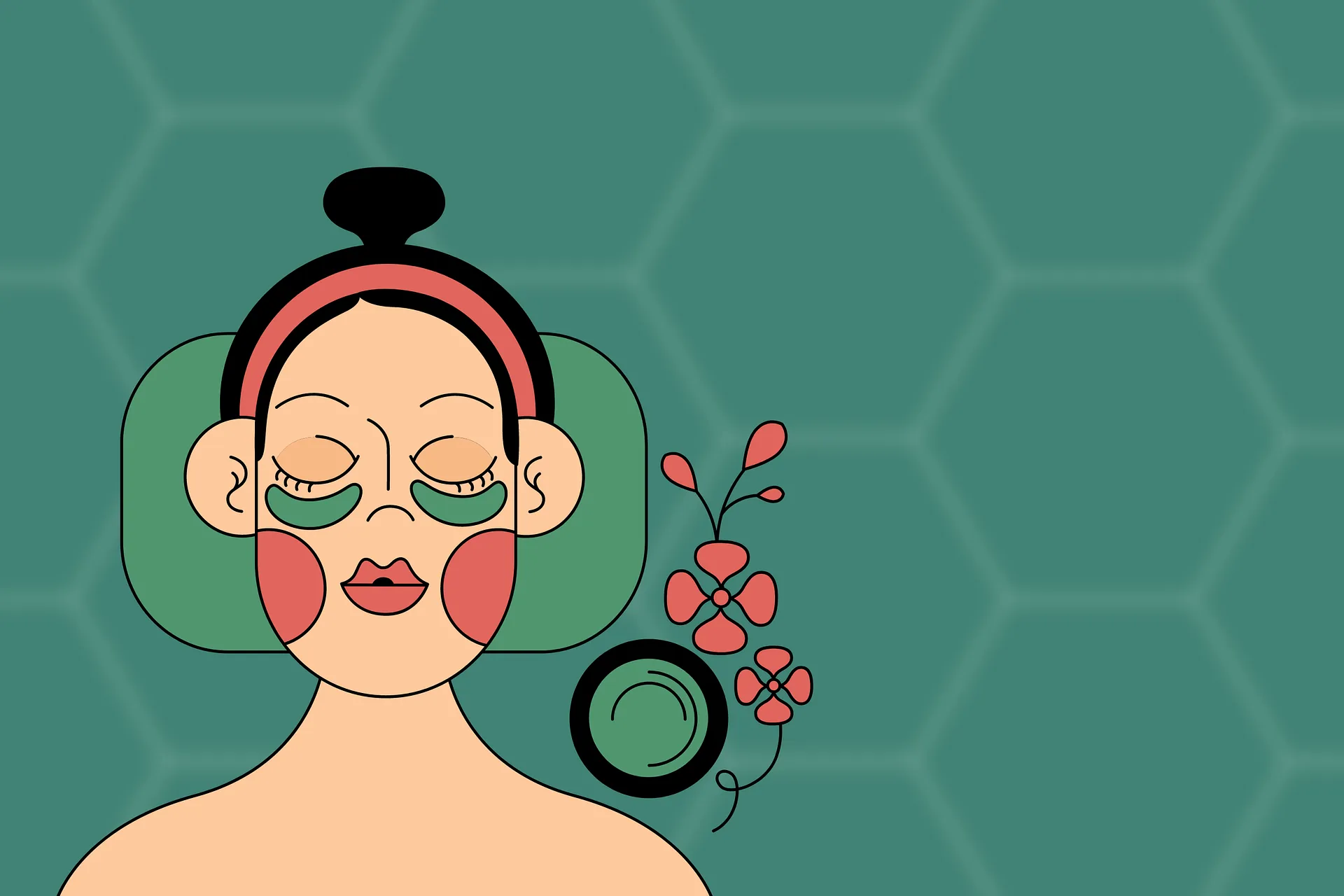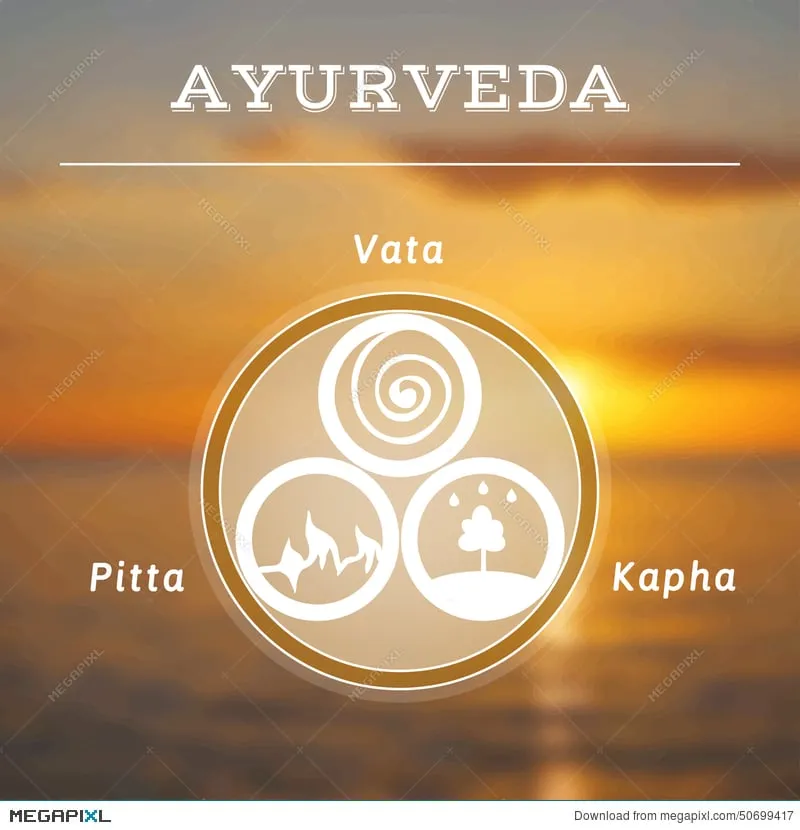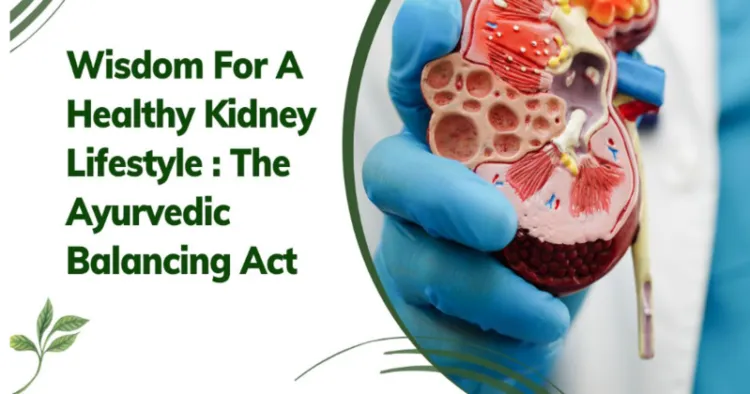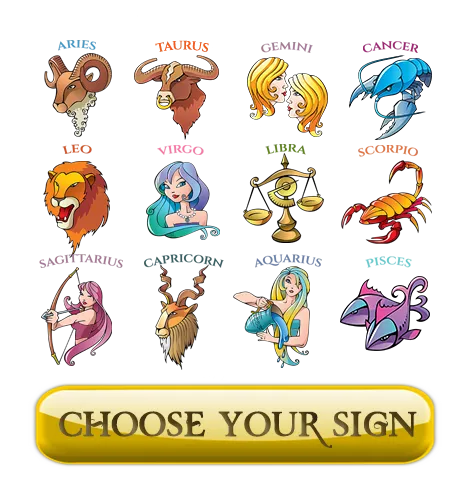History of Ayurveda
… a heritage of healing
The Origins –
The word ‘veda’ means knowledge.The evolution of the Indian art of healing and living a healthy life comes from the four Vedas namely : Rig veda , Sama veda , Yajur veda and Atharva veda .
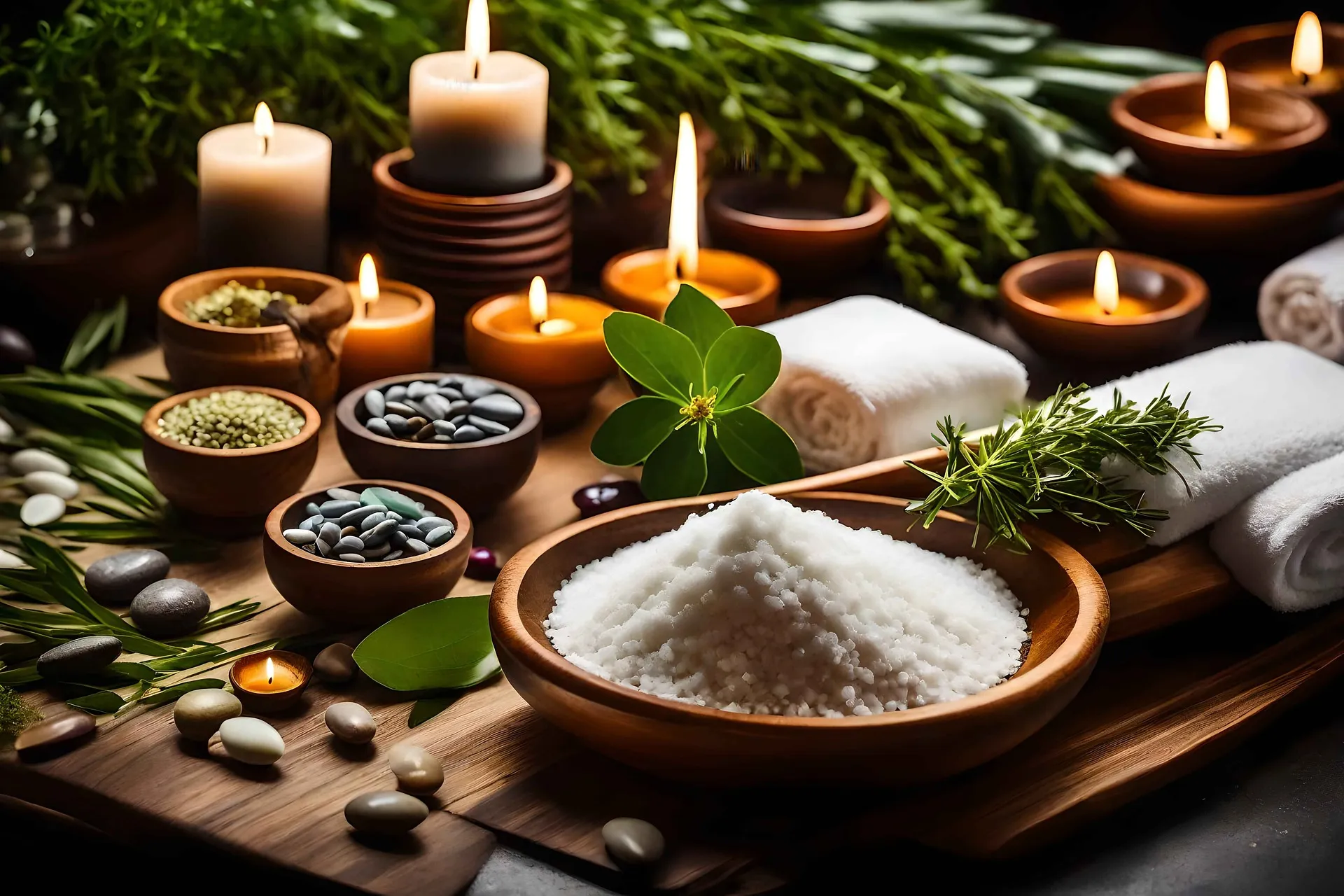
Ayurveda attained a state of reverence and is classified as one of the UpaVedas - a subsection - attached to the Atharva Veda.
The Atharva Veda contains not only the magic spells and the occult sciences but also the Ayurveda that deals with the diseases, injuries, fertility, sanity and health.
Ayurveda incorporates all forms of lifestyle in therapy. Thus yoga, aroma, meditation, gems, amulets, herbs, diet, astrology, color and surgery etc. are used in a comprehensive manner in treating patients. Treating important and sensitive spots on the body called Marmas is described in Ayurveda . Massages, exercises and yoga are recommended.History.
The knowledge we have now is by three surviving texts of Charaka, Sushruta and Vaghbata.
Charaka (1st century A.D.) wrote Charaka Samhita (samhita- meaning collection of verses written in Sanskrit). Sushruta (4th century A.D.) wrote his Samhita i.e
Sushruta Samhita.
Vaghbata (5th century A.D.) compiled the third set of major texts called Ashtanga Hridaya and Ashtanga Sangraha. Charaka’s School of Physicians and Sushruta’s School of Surgeons became the basis of Ayurveda and helped organize and systematically classify into branches of medicine and surgery.
Sixteen major supplements (Nighantus) were written in the ensuing years – Dhanvantari Bahavaprakasha, Raja and Shaligrama to name a few – that helped refine the practice of Ayurveda. New drugs were added and ineffective ones were discarded. Expansion of application, identification of new illnesses and finding substitute treatments seemed to have been an evolving process. Close to 2000 plants that were used in healing diseases and abating symptoms were identified in these supplements.
Dridhabala in the 4th century revised the Charaka Samhita. The texts of Sushruta Samhita were revised and supplemented by Nagarjuna in the 6th century.
There developed eight branches/divisions of Ayurveda:
- Kaya-chikitsa (Internal Medicine)
- Shalakya Tantra (surgery and treatment of head and neck, Ophthalmology and ear,
nose, throat) - Shalya Tantra (Surgery)
- Agada Tantra (Toxicology)
- Bhuta Vidya (Psychiatry)
- Kaumara bhritya (Pediatrics)
- Rasayana (science of rejuvenation or anti-ageing)
- Vajikarana (the science of fertility and aphrodisiac)
Recent History
Before Ayurveda began its recent renewal in the West, it went through a period of decline in India when Western medical education became dominant during the era of British rule.
Ayurveda became a second-class option used primarily by traditional spiritual practitioners and the poor. After India gained its independence in 1947, Ayurveda gained ground and new schools began to be established.
Today more than five hundred Ayurvedic companies and hospitals have opened in the last ten years, and several hundred schools have been established.
Although Ayurveda remains a secondary system of health care in India, the trend toward complementary care is emerging, and Western and Ayurvedic physicians often work side by side.
Interest in Ayurveda in the West began in the mid 1970's as Ayurvedic teachers from India began visiting the United States and Europe.
By sharing their knowledge they have inspired a vast movement toward body-mind-spirit medicine. Today Ayurvedic colleges are opening throughout Europe, Australia, and the United States.




